If you’re looking for a fun and entertaining way to spend a day with another person and your car, you should try running a road rally (the British would call it a “rallye…â€) sponsored by a local car club. Road rallies can give you some laughs, tax your thinking, and increase your awareness skills while driving, all the while contributing to a pleasant day’s drive, often through some of the most scenic routes in your area.
Road rallies can range from simple follow-the-instructions affairs all the way up to highly challenging, computer-assisted contests of intellect, measured to the nearest hundredth of a second at the highest levels. But the casual fun rallies run on a local are very low-key affairs designed to maximize fun and minimize stress.
Road rallies are built around the premise of providing a set of instructions for following a pre-planned course on public roads, typically through scenic areas. They can involve simple instructions, like, “Turn left onto Maple Avenue,†or “Take the third turn after the blue billboard.†Normally there will be checkpoints set up along the way to verify that you are following the proper course. And there may also be quiz questions for you to answer, based on your correct following of the course and observation skills.
Such rallies may involve, say, a four-hour course with instructions, clues, checkpoints, and quiz questions, and they commonly end up with a social gathering at a restaurant or, perhaps, a comfortable site like an American Legion or VFW post, where results are tallied, refreshments enjoyed, and modest trophies or other awards are presented, which can include hats and T-shirts, or possibly door prizes donated by various benefactors. These gatherings will include great conversation about following the course, mistakes made, and other encounters, like perhaps a herd of cows blocking the road, or a 150-car train blocking the highway at a grade crossing. Fun rallies typically carry a modest entry fee to cover the cost of trophies and other prizes.
The simplest rallies have no particular time or speed components, other than completing the course within a prescribed time. And if you should become lost along the way, there will often be a “fail-safe†sealed envelope that can be opened that will contain instructions to the finish gathering point, but disqualify you from a trophy. This is used to keep folks from getting discouraged and maintain the fun factor. And great pains are taken to keep participants well within posted speed limits and other traffic laws.
More sophisticated rallies, however, can include very specific and detailed instructions about maintaining particular (legal) speeds for different segments of the course. An instruction might read, for example, “Maintain 34 mph after turning left at the red barn until you see the wishing well in the front yard.†Such rallies are referred to as T/S/D rallies, or Time/Speed/Distance rallies. Back in the middle ages, such rallies could be run using a simple wrist watch and a car’s speedometer and odometer or, in separate, more advanced classes, very accurate stop watches and circular slide rules. In these “equipped†classes, the objective was to enter checkpoints at a very precise time, and it was not unusual for competitors to slow or stop in sight of a checkpoint in order to stage their arrival at a precise time, commonly measured to the nearest hundredth of a second.
For these sophisticated classes, it was not unusual for competitors to have short wave radios tuned to a global official time station, and there would also be odometer calibration stages at the beginning of the event, so competitors could calculate the accuracy of their odometer and adjust their calculations accordingly.
Today such classes are run using GPS and laptop computer technology for extremely precise navigation and arrival at checkpoints, but those classes are for seasoned competitors in high-end events. None of that technology is necessary for a day-long fun rally.
Road rallies are carefully laid out in advance, by an official known as the RallyMaster. And while many courses and instructions are simple and straightforward, some rallymasters are a bit more devious in their work, in the interest of making their event more fun and challenging. For example, if a clue refers to words written in text, the words are typically written within quote marks. So if a clue directs you to turn left at “Blue Bell,†the intention is to have you turn where you see those words written, like on a sign that says, “Blue Bell Avenue.†But a clever rallymaster may design his course in such a way that, before you reach Blue Bell Avenue, you pass a large blue bell as someone’s lawn ornament. So he’ll be trying to trick you into turning when you see the bell instead of waiting until you see the words “Blue Bell†written somewhere.
So it’s typically very comforting when you finally see a sign that says “Checkpoint,†confirming that you are indeed on course. But perhaps one of the all-time great tricks played by rallymasters is to provide a clue that you’ll be looking for, like “Turn left at blue bell,†only to have that turn located while you’re in sight of the checkpoint sign. Most folks are so excited to see the checkpoint sign that they fail to note that they should actually be turning away from it, at least temporarily, and then have the course loop around to bring them back to the checkpoint a second time.
It’s just this kind of clever planning that makes for fun and interesting rallies, and great conversation and comparing notes afterward at the social hour. Often, rallies are built around a theme, like “The Covered Bridge Rally.†Or it might include a tongue-in-cheek warning that the rallymaster is out to challenge you. Such an event might carry a name like “Halloweeny Meanie,†setting you up for an event with both tricks and treats for the entrants.
Many rallies of varying levels are conducted by chapters (called “regionsâ€) of the Sports Car Club of America (www.SCCA.com). And many others are conducted by local car clubs, including many devoted to specific makes of cars, like your local Mini Cooper club, or BMW club, or British sports car club. But nearly all of these events are open to those driving any kind of vehicle, and some folks even participate in the family SUV or mini-van. It’s all about the fun factor, and clubs and rallymasters go to great lengths to keep it that way.
After participating in several local fun rallies, you might even decide to try your hand at putting on a rally of your own. You could model yours after an event you run, and you could certainly spend some time talking with those who have put on club rallies. You may find that they ran an event several years ago and could make their course and clues available to you. If you go this way, just be sure to have several friends do a test drive first to be sure landmarks are still where they used to be, and that you haven’t overlooked anything yourself.
So if you’re looking for a pleasant way to spend a day with a friend or spouse, and see some interesting scenery along the way, look up your local car clubs and sign up. There might even be a “Rookie of the Year†trophy in your future.
By Glen Quagmire


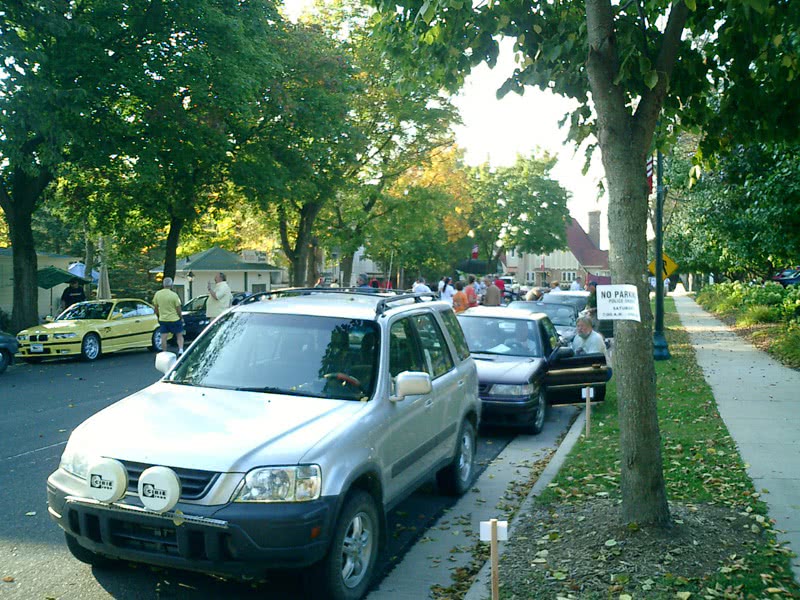
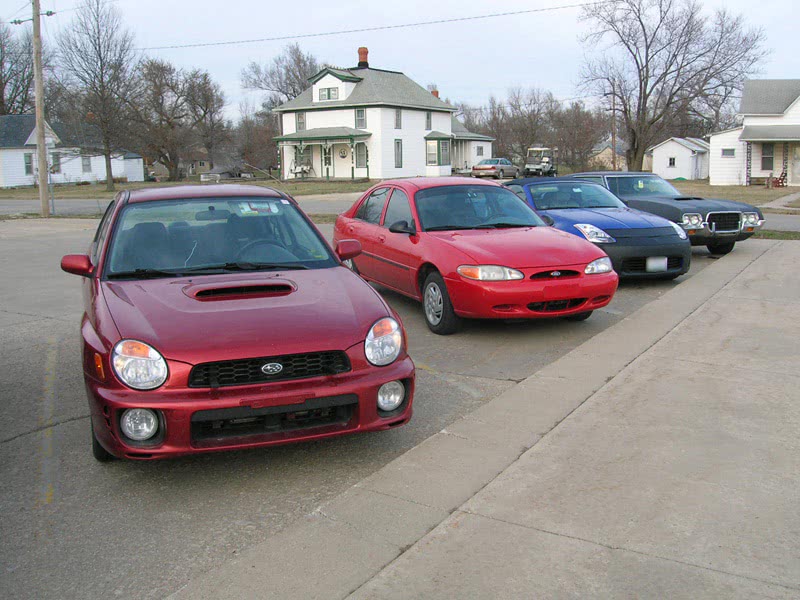
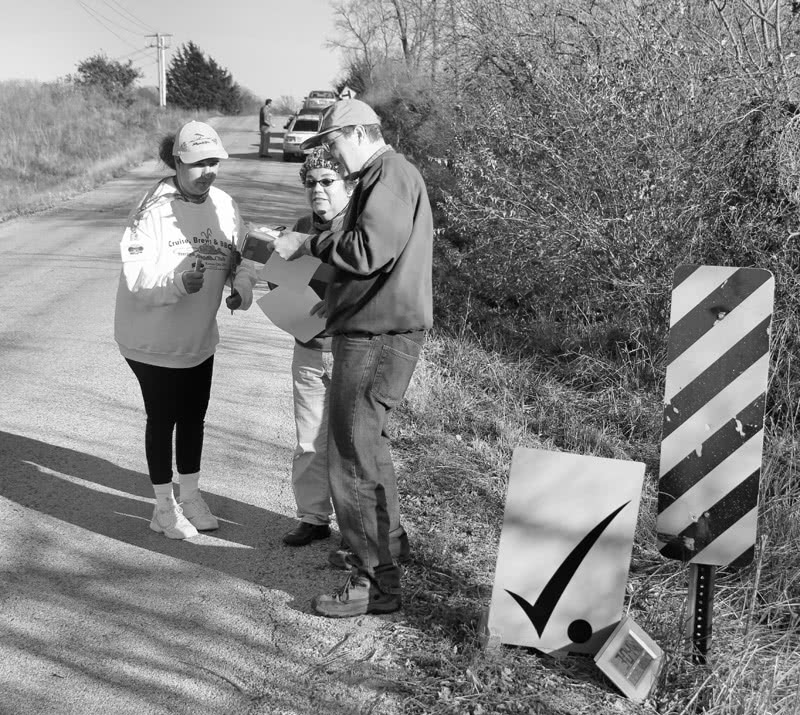
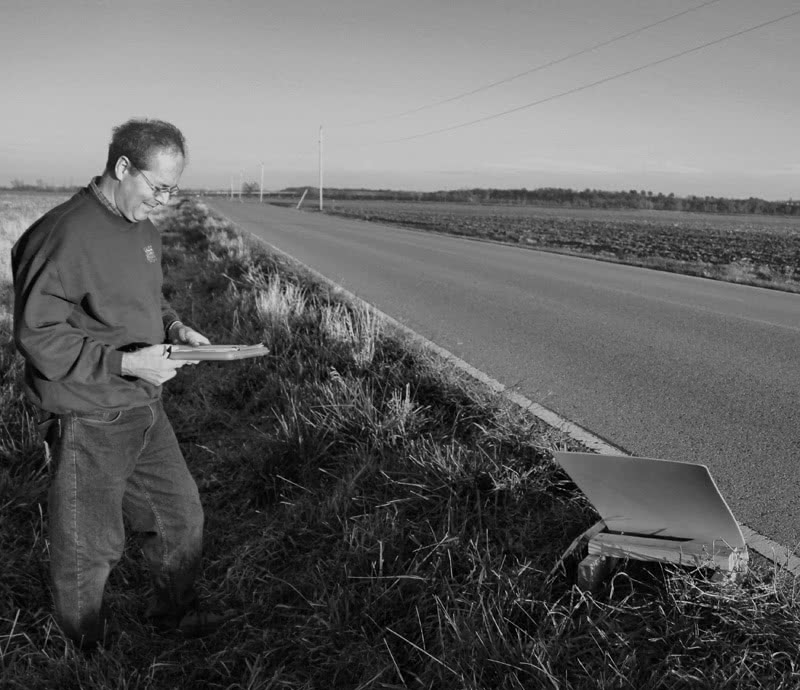
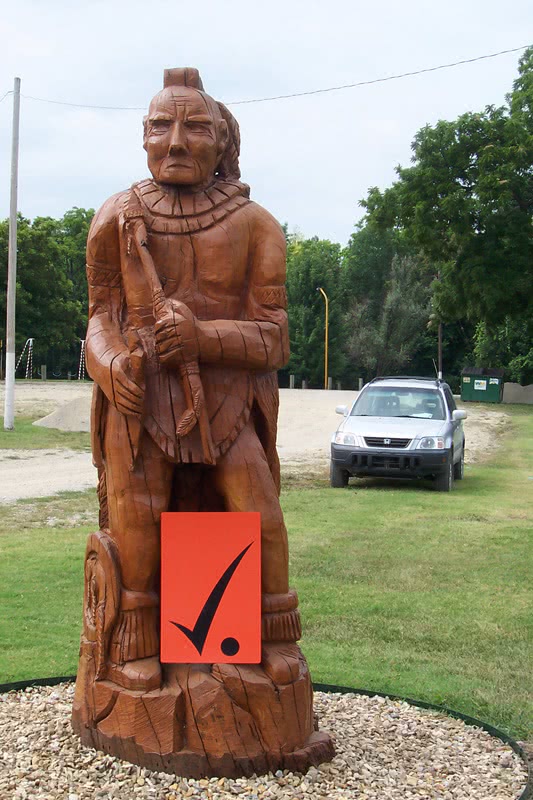
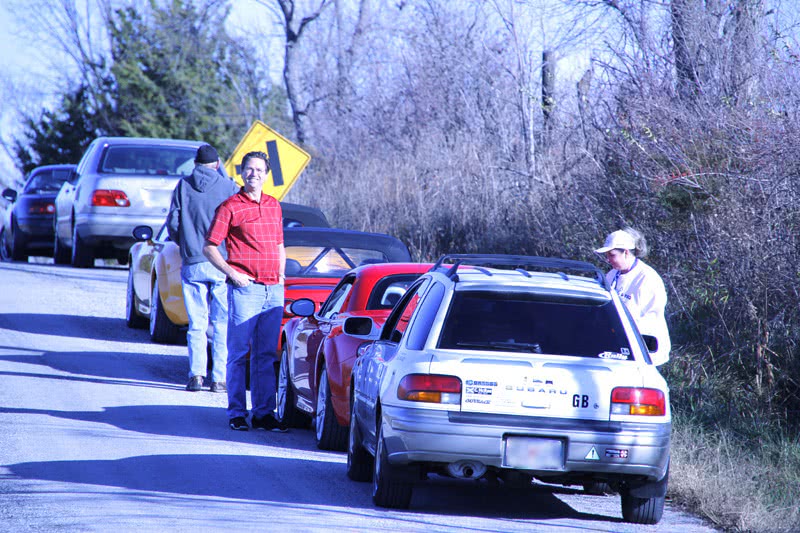
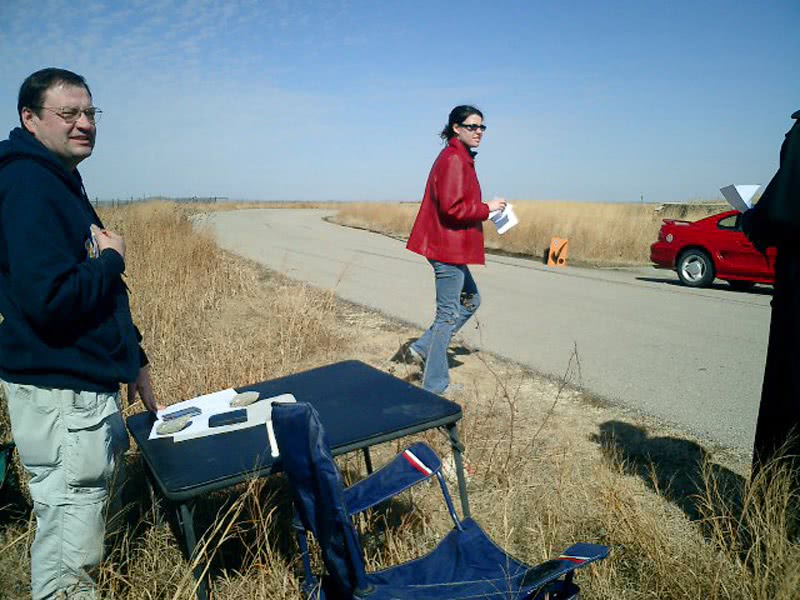
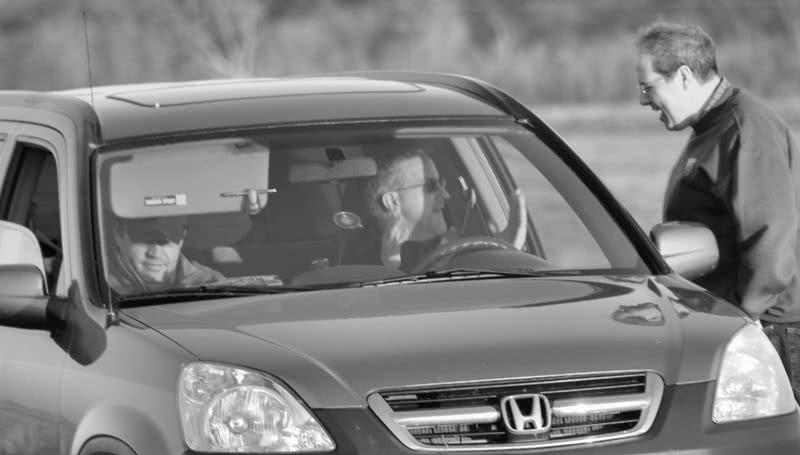

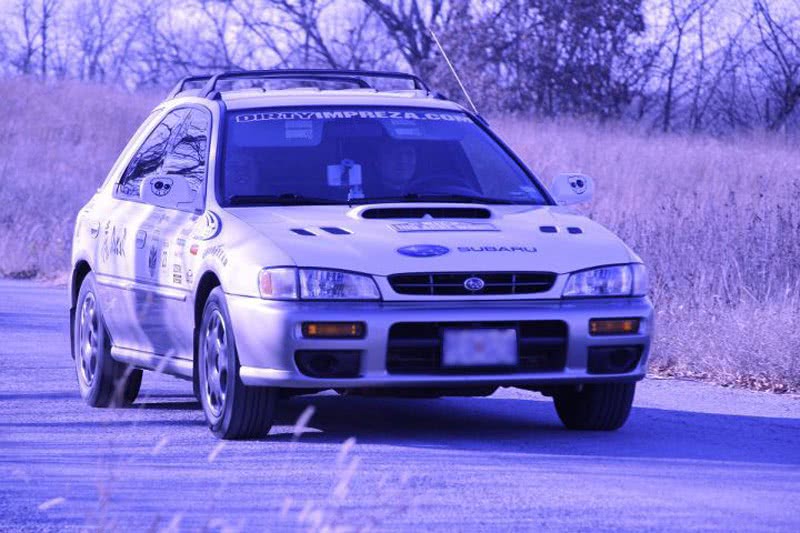
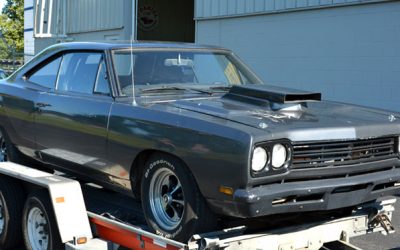

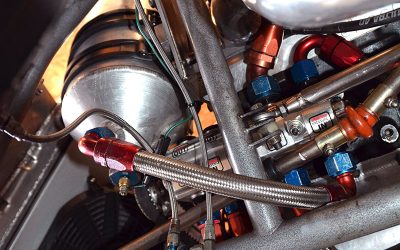
0 Comments